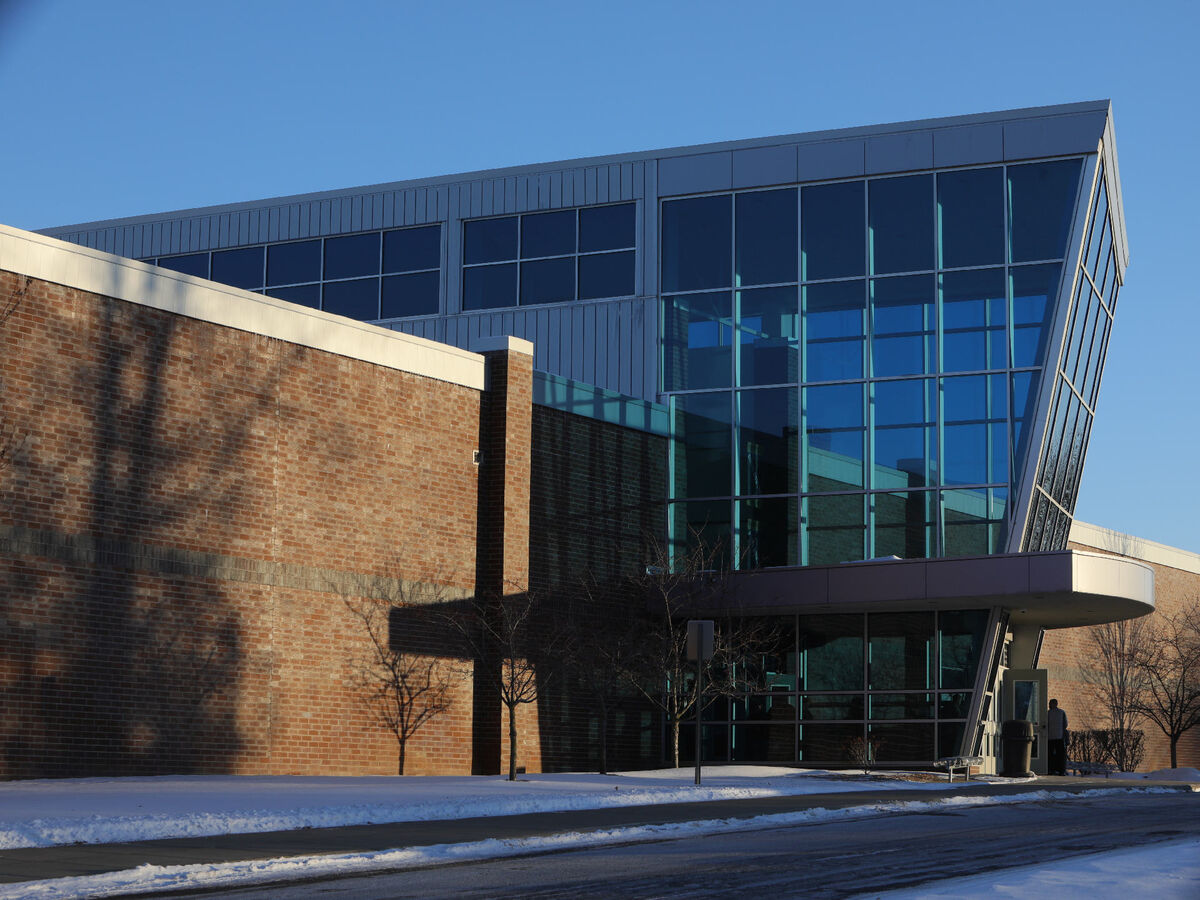Image


Students at Saline High School will be offered classes that give them more control of their learning.
Steve Laatsch, Assistant Superintendent for Curriculum and Learning at Saline Area Schools, and David Raft, Principal of Saline High School, spoke to the Board of Education at Tuesday’s meeting about blended learning.
Blended Learning is the latest educational innovation to be adopted by a school district working to be “future-focused” and “student-led.” Blended learning combines online digital media with traditional classroom methods. Courses offered in a blended format are based on the same standards and benchmarks as a traditional class and as accepted by the Michigan State Board of
Education; however, blended classes combine face-to-face instruction with the use of technology to deliver content. Blended learning relies on student control over time, place, path and/or pace.
“It gives students control of how they learn and of the pace at which they learn,” Raft told the board. “It also gives teachers more ability to individualize instruction and differentiate instruction based on the needs of the student.”
Next year, students can choose to learn in a blended learning environment or traditional classroom in English 10, Composition College Writing, US History or US Government. The hope is that blended learning will increase student engagement, lead to greater student collaboration and leverage technology to deliver more interesting educational content to students.
What will that look like?
Teachers will meet with the entire class two days a week. During the three “blended days” students will work independently, as they see fit, explained Laatsch. Teachers will use Powerschool to deliver content and provide course management. They’ll also use other technologies and experiences to help students develop skills supporting communication, collaboration, creativity and critical thinking, Laatsch said.
During “blended” days students can work in the media center or the Commons. They have the freedom to choose how and where they’ll work.
A few years ago, Raft might have been uncomfortable with such an idea.
“Like a lot of people in this room, when I went to high school, Clem Corona was guy who didn’t want to see students hanging around in the hallways. There was no one in the hallways,” Raft said. “When I began as principal at Saline Middle School, I didn’t want kids in the hallways either.”
But that changed over time.
“Because 99.9 percent of the time, when given the right instructions and parameters, kids will do the right thing,” Raft said.
Raft was part of a Saline Area Schools team that watched blended education at work at a high school in Huntley, Ill.
“At Huntley, they let kids leave the school and go to the coffee shop or go home. That’s not something I want to try in Saline -- to start. I still have a little Clem in me,” Raft said.
So what will students do on those three days away from the regular class?
On those days, teachers will check in on students to make sure they’re progressing and their course work is to their level.
“The teacher might organize a meeting with three students who are struggling and work with them to get them on track. Or the teacher could meet with five students who are excelling, and give them more challenging assignments that helps them get the most out of their time,” Laatsch said.
Raft and Laatsch think students will appreciate the freedom. In order to keep students on track, they’ll have to carry and 80 percent grade to maintain their freedom.
“This isn’t just going to be a blow out time,” Raft said.
Blended learning is new to the district and will present some challenges to teachers and parents, too. Laatsch said the district has explored some kind of online attendance form.
Laatsch said the school will likely offer some aid to parents so they can help keep their students on course.
But some of the challenges are familiar to Saline educators. Rafted noted that Saline already has 180 students taking online classes this trimester.
“I can’t tell you that every kid is on task at every point of the day. But it they’re meeting their requirements, Mrs. Melcher is letting them know,” Raft said.
Raft said the independent learning will help students prepare for the rigors of college and careers.
“Most of our students are going on to college where they won’t be in class every hour of every day. So this is a chance for students to get prepared for the next level,” Raft said. “And in the workforce, you have to be doing your job or your won’t have it long.”